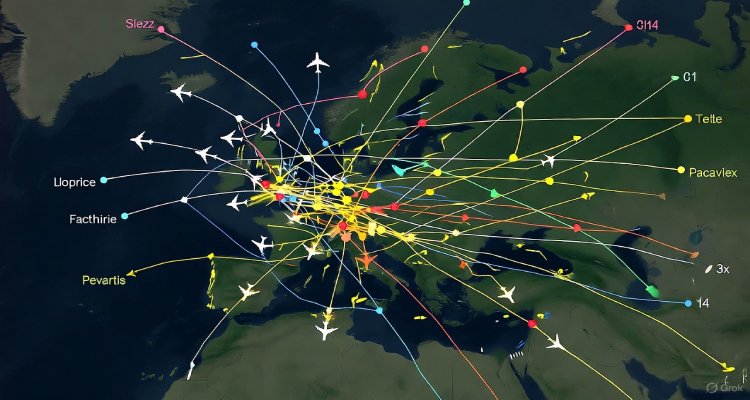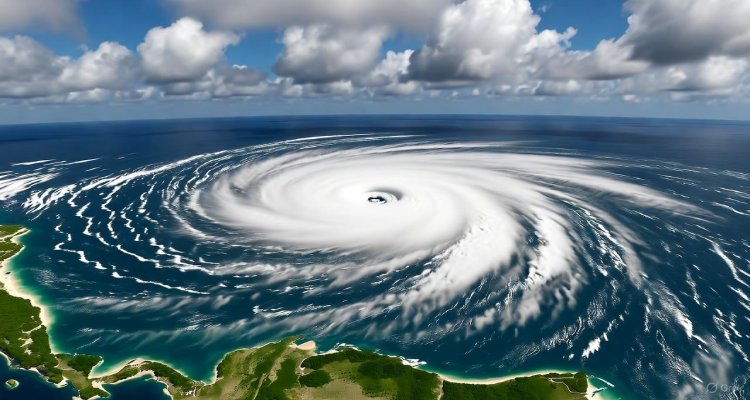What is RCEP? Understanding the World’s Largest Free Trade Agreement
The Regional Comprehensive Economic Partnership (RCEP) unites 16 Asia-Pacific economies under one trade framework, reshaping global trade dynamics and economic cooperation.
Introduction: A New Phase in Asia-Pacific Trade
When leaders from across Asia and the Pacific convened in Kuala Lumpur on October 27 for the fifth Regional Comprehensive Economic Partnership (RCEP) Summit, it marked more than a diplomatic reunion. It was a reassertion of regional solidarity amid uncertain global trade winds. As the world navigates shifting supply chains and protectionist policies, RCEP—now the largest free trade agreement by GDP—has emerged as both a stabilizing force and a test of economic cooperation in the 21st century.
Context and Background: The Birth of RCEP
The RCEP originated during the 21st ASEAN Summit in Phnom Penh in November 2012, driven by the Association of Southeast Asian Nations’ (ASEAN) mission to establish a broader, more integrated trade region. After eight painstaking years of negotiation, the agreement was signed on November 15, 2020, and entered into force in January 2022.
Comprising the 11 ASEAN states—Brunei, Cambodia, Indonesia, Malaysia, Myanmar, Singapore, Thailand, the Philippines, Laos, Vietnam, and Timor-Leste—alongside five of their long-standing trade partners—China, Japan, South Korea, Australia, and New Zealand—RCEP represents a sweeping coalition that covers nearly a third of the world’s population. Collectively, these economies account for around 30 percent of global GDP, making RCEP the largest trading bloc ever formed.
Main Developments: The Kuala Lumpur Summit and Renewed Commitments
The fifth RCEP Summit in Kuala Lumpur was the first leaders’ meeting since the deal took effect in 2022. The timing was crucial. Amid slowing global growth, tensions over trade subsidies, and widening geopolitical competition, RCEP leaders reaffirmed their commitment to an open, inclusive, and rules-based multilateral trading system.
They also underlined the importance of accelerating full and effective implementation of the agreement. The bloc’s leaders emphasized that the RCEP must not only lower tariffs but also strengthen regional value chains, boost investment, and promote sustainable and resilient growth.
One of RCEP’s most notable features is that it brings together China, Japan, and South Korea—three of Asia’s largest and most historically divided economies—under a single trade pact. This convergence, long hindered by diplomatic friction, underscores RCEP’s role as an engine for pragmatic economic diplomacy.
Why India Withdrew from RCEP
India was an early participant in RCEP negotiations, having joined talks in 2013. However, by November 2019, New Delhi decided to withdraw. Its concerns centered around potential economic risks, including fears of import surges from member nations and the possible erosion of domestic industry competitiveness.
Government officials cited inadequate protections against market disruptions, unresolved non-tariff barriers, and the risk of dumping—where countries flood markets with cheaper goods. Special apprehension surrounded the dairy sector, where low-cost products from Australia and New Zealand could severely undercut local small-scale Indian producers.
Another key factor was China’s participation. Indian policymakers feared that Chinese exports, often benefiting from state support, could dominate the Indian market, deepening the existing trade imbalance. In its official statement, the Ministry of External Affairs asserted that joining without adequate safeguards would be detrimental to national interests.
Expert Insight: Balancing Trade Ambitions and Domestic Security
Economists view India’s decision as a calculated but complicated one. Professor Rajesh Chadha from the National Council of Applied Economic Research notes that while withdrawing shields India’s small enterprises and agriculture sector, it may also limit long-term access to the world’s fastest-growing markets.
On the other hand, ASEAN analysts argue that RCEP’s success will depend heavily on implementation and inclusivity. Lim May Yee, a trade policy researcher in Singapore, observes, “RCEP’s strength lies in its flexibility and gradualness. The agreement reduces tariffs progressively and allows member states to protect sensitive sectors while still building trust.”
Business leaders across RCEP economies see opportunities for supply chain diversification, digital trade expansion, and innovation cooperation. The inclusion of advanced economies like Japan and Australia alongside developing ASEAN nations creates a broad developmental spectrum, fostering both competition and collaboration.
Impact and Implications: The Global Economic Ripple
In practical terms, RCEP aims to reduce tariffs on over 90 percent of goods traded within the bloc over the next two decades. It also simplifies customs procedures and harmonizes rules of origin—the criteria determining where products are made—to make cross-border trade smoother.
For consumers, this could mean more affordable goods, greater market variety, and faster integration of Asian supply chains. For businesses, especially small and medium enterprises (SMEs), RCEP offers access to a wider regional market under a single set of trade rules.
Strategically, RCEP is seen as a counterbalance to increasing global protectionism. While the West’s trade alignments have become more fragmented, Asia’s regional architecture is moving toward cohesion. As China’s influence within RCEP deepens, so does the bloc’s potential to reshape global trade dynamics.
However, the bloc will face challenges: aligning regulatory standards, ensuring compliance among diverse economies, and managing geopolitical rivalries. For ASEAN, maintaining neutrality and economic openness will be critical in balancing its relationships with major powers.
Conclusion: A Defining Economic Experiment
The Regional Comprehensive Economic Partnership is far more than a trade liberalization document—it is a geopolitical experiment in economic interdependence. As it matures, RCEP’s true test will be whether its members can transform this unprecedented framework into tangible, inclusive growth while maintaining fairness and sustainability.
For India, staying outside the bloc reflects a cautious approach to globalization. For the rest of Asia-Pacific, RCEP symbolizes optimism in cooperation over confrontation. The global economy will be watching how this bold trade experiment unfolds.
Disclaimer: This article is for informational and educational purposes. It is based on publicly available data and official statements as of October 2025. Readers are encouraged to refer to updated government and institutional sources for new developments.










